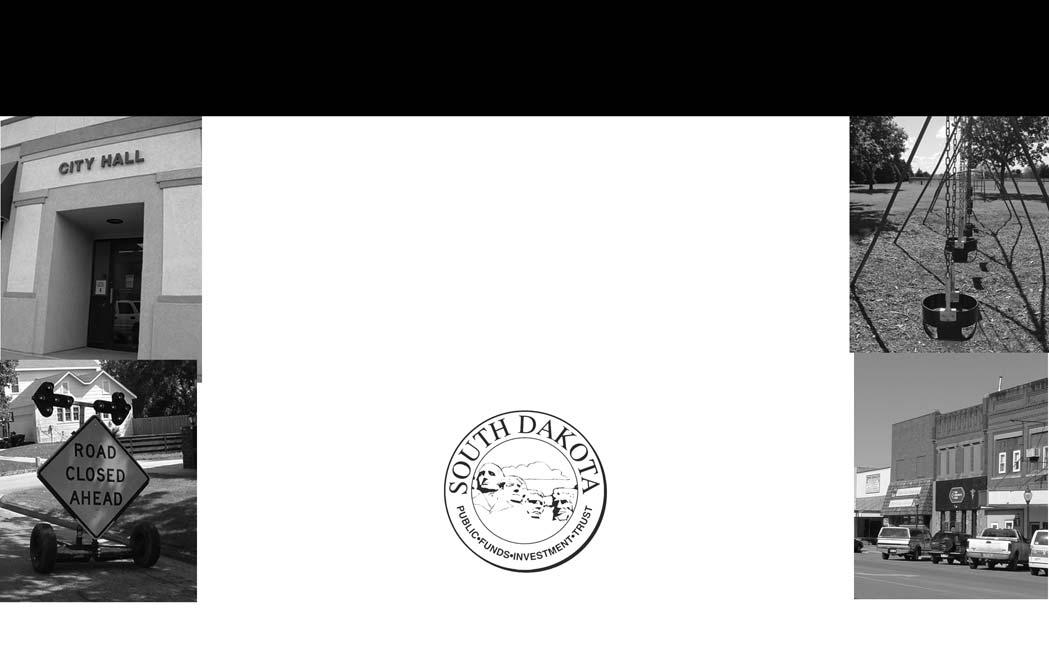
4 minute read
Smoke-Free Policies in Multi-Unit Housing
Inhaling secondhand smoke (SHS) can cause chronic disease and lead to death. Exposure to SHS places infants and children at particular risk for asthma, ear infections, and sudden infant death syndrome.1 For adult nonsmokers, exposure to SHS can lead to stroke, lung cancer and coronary heart disease.1 In recent years, South Dakota (SD) has enacted codified laws to protect people from SHS exposure in workplaces, restaurants, and bars through smoke-free policy implementation. However, Multi-unit housing (MUH) settings are not covered by South Dakota’s smoke-free laws.
Sixteen percent of the SD population, or roughly 132,000 people, reside in MUH settings.2 SHS exposure is especially problematic in MUH. Objective research data has demonstrated that smoke can travel, or infiltrate, throughout buildings in shared heating vents, electrical outlets, open windows, or even small cracks in drywall.3,4
Advertisement
The SD Department of Health has established goals to reduce exposure to SHS in MUH through the promotion of smoke-free policies, and recently supported a project with the Office of Nursing Research at South Dakota State University to assess the number of smoke-free MUH policies in the state as well as to identify barriers to implementing smoke-free policies.
Rates of Smoke-Free Policy in MUH
A survey was conducted with 324 MUH owners in 27 counties throughout the state of SD. Over half (54%) reported a written smoke-free policy for their properties. Written policy was defined as including the policy within the lease agreement for the property. An additional 10% of property owners reported having a smoke-free policy, but the policy was either not included in the lease agreement or no lease agreement existed for the property. About one-third (32%) of owners surveyed reported no smoke-free policy.
Smoke-free policies were less common among property owners who smoked. Property owners with one or more units subsidized by Housing and Urban Development were also less likely to have a smoke-free policy for the property.
Barriers to Implementing a Smoke-Free Policy
Among owners without a smoke-free policy, nearly half (48%) had considered implementing one. These owners expressed three main concerns that have prevented them from developing a smoke-free policy, including: 1) perception that turn-over and vacancy rates would increase, 2) potential objection from existing tenants, and 3) potential enforcement problems. However, owners who had implemented a smoke-free policy for their MUH properties reported no adverse effects related to turnover

rates, rental fees, vacancy rates, management time, or insurance rates. In fact, most owners with a smoke-free policy indicated that going smoke-free saved them money, with a reported decrease in overall maintenance costs. These owners also reported little difficulty in enforcing the policy after implementation.
What you can do
To decrease exposure to SHS in MUH settings, comprehensive smoke-free policies are needed. These policies need to include common areas, enclosed public areas, and protection from smoke entering through windows, air conditioners, elevator shafts, and ventilation systems. Based on the results of this study, about half of MUH properties in SD are not covered by a smoke-free policy. Owner concerns about the financial impact and enforcement issues in implementing policy were not supported. Results of this project demonstrate that implementation of a smoke-free policy seems to have little impact on vacancy rates, turnover rates, or management time, and appears to have benefits in relation to maintenance costs.
If you are interested in making your property smoke-free, or promoting an existing smoke-free policy, the SD Department of Health, Tobacco Control Program would like to assist you. Metal signs and window clings are available free of charge to MUH properties that have implemented a policy. An Apartment Manager’s Guide booklet is also available for owners who are uncertain if a smoke-free policy is right for their property. For more information on these resources or questions about making your property smoke-free, please contact Sarah Quail at s.quail@voa-dakotas.org or visit BeFreeSD.com.

Full results of this project have been published in Nicotine and Tobacco Research.
(Full citation: Burdette, L. K., Rowe, G. C., Johansen, L., Kerkvliet, J. L., Nagelhout, E., Lewis, K. & Fahrenwald, N. (2014). A statewide assessment of smoke-free policy in multiunit housing settings. Nicotine & Tobacco Research, DOI: 10.1093/ntr/ntu114.)
References
1.U.S. Department of Health and Human Services. The
Health Consequences of Involuntary Exposure to
Tobacco Smoke: A Report of the Surgeon General.
Atlanta: U.S. Department of Health and Human
Services, Centers for Disease Control and Prevention,
National Center for Chronic Disease Prevention and
Health Promotion, Office on Smoking and Health, 2006. 2.United States Census Bureau. (2013). State and county
QuickFacts: South Dakota. Retrieved from http://quickfacts.census.gov/qfd/states/46000.html. 3.King BA, Travers MJ, Cummings KM, Mahoney MC,
Hyland AJ. (2010). Secondhand smoke transfer in multiunit housing. Nicotine & Tobacco Research, 12(11), 1133-1141. 4.Wilson, K. M., Klein, J. D., Blumkin, A. K., Gottlieb,
M. & Winickoff, J. P. (2011). Tobacco smoke exposure in children who live in multiunit housing. Pediatrics, 127(1), 85-92.

ARENS ENGINEERING
municipal engineering water & wastewater engineering storm drainage - municipal streets Vernon Arens, PE 230 Capitol St. j Yankton, SD j 57078 605-665-2002 j Fax 605-260-2140 arenseng@iw.net










